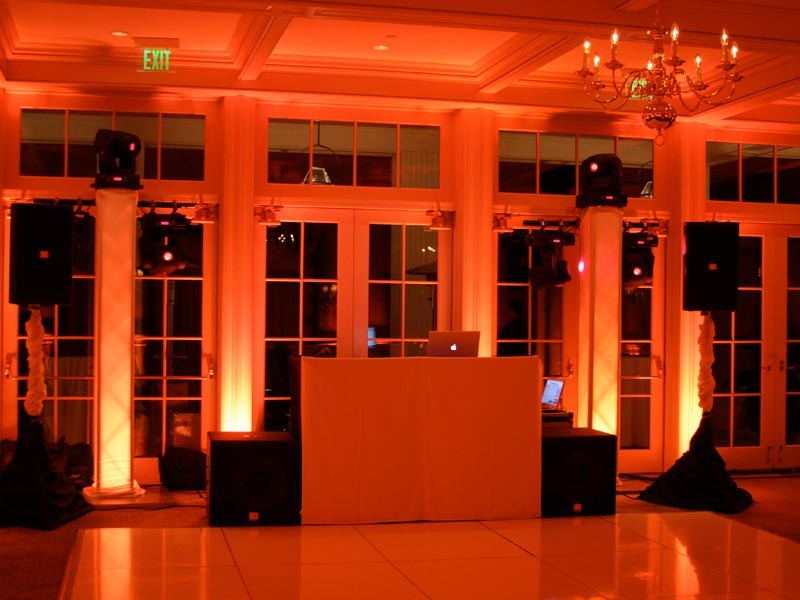Crucial Tactics for Enhancing the Lifespan of The Light Emitting Diode Display
Wiki Article
Light Emitting Diode screens are growing increasingly widely used for various applications, from advertising to leisure. To ensure that these displays function efficiently over time, it is essential to implement tactics that extend their lifespan. Understanding the factors that affect the durability of LED walls can assist operators sustain their performance and prevent unnecessary replacements.
One of the main factors that can extend the lifespan of an Light Emitting Diode screen is proper setup. It is crucial to have a professional crew handle the installation procedure to ensure all parts are properly attached. Poor setup can result in power issues or mechanical damage. Additionally, the placement of the Light Emitting Diode screen should consider surrounding factors such as sunlight exposure and humidity levels. A well-installed display in a proper location will reduce the risk of damage caused by outside factors.

Regular maintenance is a further key tactic to extend the life of an LED wall. This entails regular inspections to check for any indicators of wear or malfunction. Dirt and debris can accumulate on the surface of the Light Emitting Diode screens, affecting brightness and hue quality. Cleaning the screens with suitable materials will help maintain ideal visibility. It is also important to check the components behind the display, ensuring that all links are secure and that there are no heat issues, which can significantly reduce the lifespan of the parts.
Electrical control plays a crucial role in enhancing the longevity of an LED wall. Over-voltage or unstable power supply can damage the internal circuitry. To avoid this, using a high-quality power supply and putting in place surge protection strategies is advisable. Additionally, setting the display to function at lower luminosity levels when high luminosity is not required can lessen stress on the lights. This not only prolongs the lifespan of the wall but also conserves power, making it a economical option.
Furthermore, software control can affect the performance of LED walls. Consistently updating the program that controls the screen ensures that it operates efficiently and incorporates any necessary safety patches. Outdated program can lead to performance issues and may expose the system to risks. Proper scheduling of content can also help in managing the demand of the screen, permitting it to rest during off-peak hours, which can contribute to a greater durability.
In conclusion, maximizing the durability of an Light Emitting Diode wall involves a combination of proper installation, regular upkeep, efficient electric management, and careful program management. By focusing on these critical tactics, operators can guarantee that their Light Emitting Diode displays remain operational and visually appealing for many years. Implementing preventive steps will not only improve the performance of the LED wall you could look here but also provide a greater return on cost over the years.